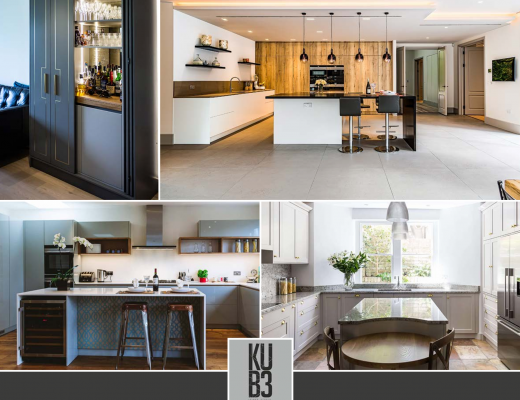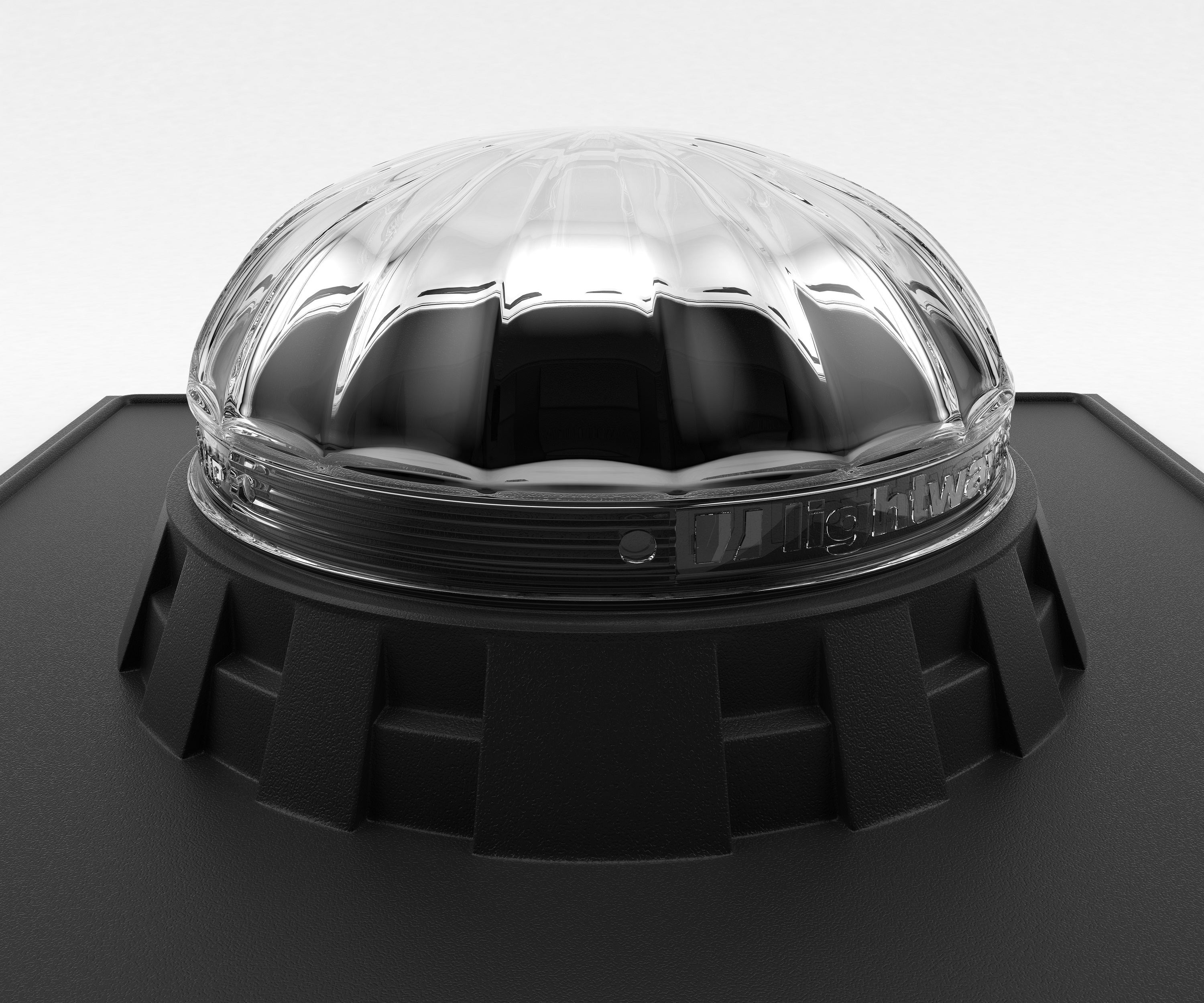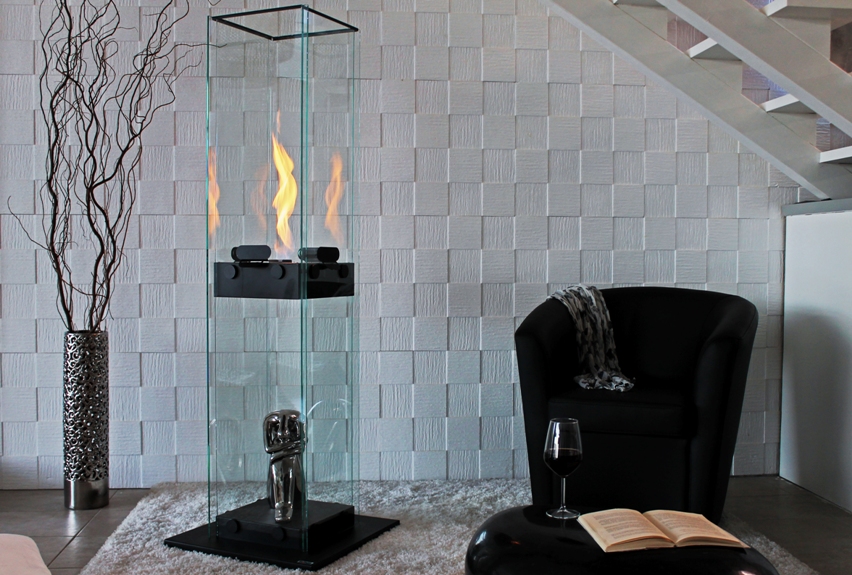You’ve probably never noticed it, but since the 1920s, our homes and gardens have been shrinking year on year. The British home has decreased in size by 50%, and gardens have also depleted from 168 metres squared to 163.2 metres squared between the years 1983 to 2013. With the help of Arbor Deck, retailers of decking boards, we take a look at what has really happened to our gardens.
10.5% of homes will not have a garden by 2020, and in 2010, 2 million homes did not have a garden, which questions how important our garden is and how we have used it over time. What becomes troubling within these figures is that 38% of children are more likely to become obese if they do not have access to a garden.
During the Second World War, the garden was a space where vegetables could be planted to cope with the demands of rationing. However, since then, the garden as a space and the way that we use it has consistently changed. They could also be used as a bomb shelter for those who were in more suburban areas. Now kept in pristine condition, gardens have changed. They aren’t so much about vegetable patches and bomb shelters anymore; rather, they are a space that is dictated by decoration and ornamentation.
Size and accessibility have had an impact upon the materials that we use within the garden; with the rise of decking and replicating indoor spaces outdoors, the garden has become more than anything else a synthetic space – like the home itself. Some of the most classic changes to the British garden are as follows:
- Pots and plants: The plant pot was once made from clay, and now it is created from plastic or biodegradable materials so that the pot will eventually become part of the natural environment.
- Lawn mowers: In an age gone by, lawn mowers were powered by hand and a rotational cylinder would move as the user moved forward. Now with the invention of more sophisticated technologies, electric powered mowers have meant that gardeners can easily cut their grass without any fuss.
The gardening phenomenon that we see today was started in the 1950s and 60s, when the first garden centres opened in the UK. The first was in Ferndown, Dorset in 1995, and encouraged gardeners to buy plants from exotic locations. As a result, heathers, conifers and bedding plants became popular within the UK due to their availability.
By the 1970s, Britain had moved away from conservative ideals of the 1960s, embracing the counter-culture and a new generation with it, which meant big changes for our gardens. People became more interested in growing their own vegetables at home within sustainable gardening projects. With the availability of colour televisions, gardening programmes could be shown to a wide audience, so that gardeners would become aware of how to keep their garden at its best.
During the 1980s, the garden had changed once again. The garden was a space that was recreational rather than a space utilised for growing vegetables. BBQs and conservatories were then popularised, making it a space to be shared with friends and family. In the 90s, this is a space that would receive a ‘makeover’, often popularised on television. Usually, this would be done by installing decking, which is a good way of dynamically changing the look and atmosphere of a garden without too much hassle.
Moving into the 21st century, the garden once again shifted, accommodating keen gardeners with a modern edge. As information is disseminated more freely, and is easy to obtain through smartphones and tablets, growing and cultivating gardens with fruits and vegetables has become easier than ever to understand. With the future of gardening set to become more economically and eco-friendly, the garden can become a space to celebrate the natural world without having to break the bank for ornamental decorations.
Sources
- http://www.dailymail.co.uk/news/article-2398714/The-incredible-shrinking-houses-British-homes-built-just-HALF-size-1920s.html
- http://www.dailymail.co.uk/health/article-3235465/Children-grow-houses-flats-no-garden-40-likely-obese-age-seven.html
- http://www.telegraph.co.uk/news/uknews/5811433/More-than-two-million-British-homes-without-a-garden.html
- http://news.bbc.co.uk/local/dorset/hi/people_and_places/history/newsid_8585000/8585160.stm





